Access and work on single rope (SRT) is a quick and lightweight technique that is adaptable to various work situations. The sequence presented here is one example of many possible variations.
Note: in this document the name ZIGZAG means either the ZIGZAG or ZIGZAG PLUS models.
1. Throwing the line
- The arborist should aim for a crotch that is suitable for the planned work, generally as high as possible in the tree to optimize movement options.
- The placement of the line will determine the placement of the work rope for the rest of the day, so it must be done with care: the target crotch should be closest to the axis of the tree, ideally with a second branch just below it in case the first crotch breaks.
Note: the goal of this document is not to teach how to select an anchor in a tree; you must be properly trained before using these techniques.
2. Installing the work rope and the ZIGZAG
- Use the cord to install the work rope where desired. Use a rope long enough for the planned work.
- Anchor the rope to the base of the tree or to a suitable anchor.
- Install the ZIGZAG on the free end of the rope and tie a stopper knot in the end.
- Remember: on single rope, the ZIGZAG must only be used with the CHICANE.
Solution for installing the rope to facilitate rescue
Anchoring the rope to a releasable anchor allows the person on the ground to respond quickly to rescue the arborist, with no need to climb the tree.
3. Access with ZIGZAG, CHICANE, KNEE ASCENT and PANTIN
- Verify the rope setup and the absence of any slack in the system before starting to climb.
4. Movement and work with ZIGZAG and CHICANE
- The arborist can move on a single rope with the ZIGZAG + CHICANE system. He can also position himself by adding a second belay system.
Solution to facilitate returning to the trunk
One of the disadvantages of SRT is the lack of mechanical advantage when returning to the trunk, because unlike the DdRT system the arborist must haul himself on a fixed point. Having taken care to leave a rope clamp as a redirect near the trunk, the arborist can create a self-hauling system which facilitates returning to the trunk. The solution presented here is the simplest; the rope clamp is not recoverable so the arborist must return to the redirect point to recover the equipment. There are more complex, recoverable methods that will be covered elsewhere.
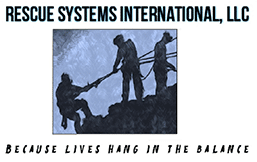


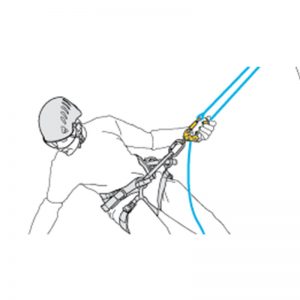
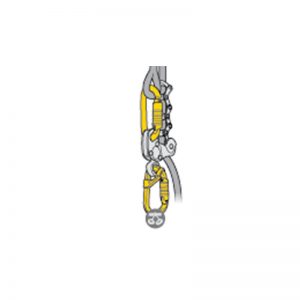
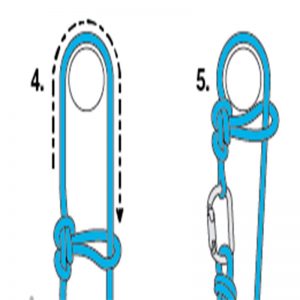
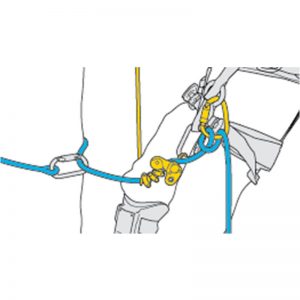

Reviews
There are no reviews yet.